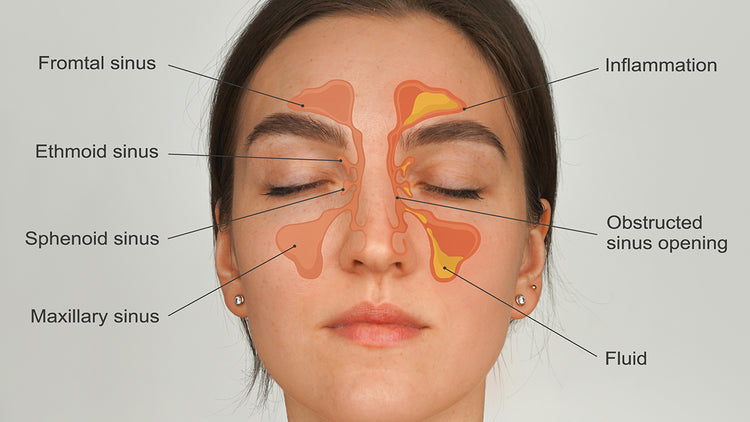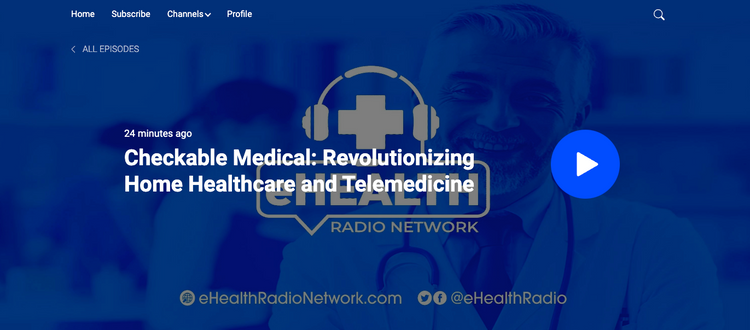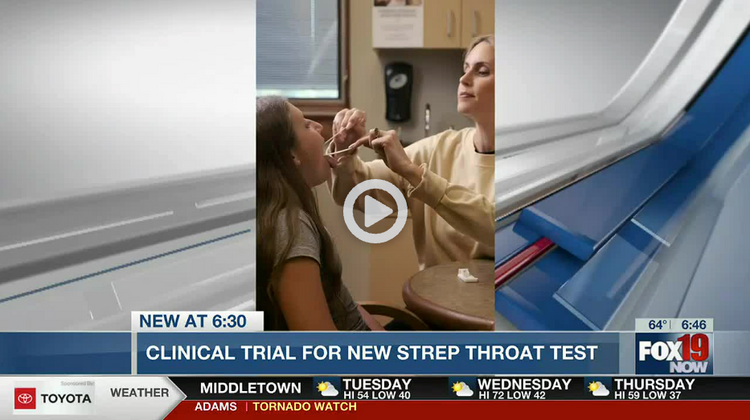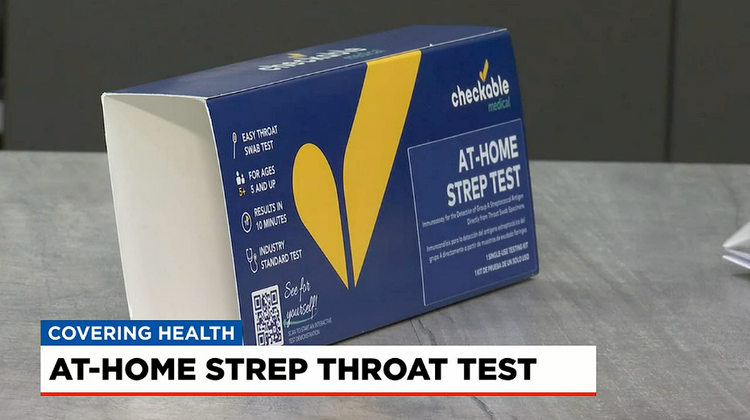
Many conditions can cause nausea and vomiting, including viral illness, pregnancy, stomach or bowel problems, or even as a side effect of medication (for example, chemotherapy). Typically, nausea and vomiting are manageable at home. We will discuss what you can do to help alleviate nausea and vomiting. Knowing what to do and when to go to the Emergency Room (ER) is essential when severe nausea and vomiting occur.
Symptoms of Severe Nausea and Vomiting
Nausea and vomiting are the body's response to common conditions such as a virus, food poisoning, or acid reflux to more uncommon conditions like appendicitis, diverticulitis, bowel obstruction, and pancreatitis. Nausea and vomiting are some of the most common gastrointestinal symptoms.
Nausea is the feeling that you are going to throw up. Vomiting is the act of throwing up. These symptoms are usually mild and don't last long. Sometimes, depending on the cause, nausea and vomiting can be severe. Nausea and vomiting become severe when the body can no longer keep up with the loss of fluids or nutrition.
Symptoms of severe nausea and vomiting include the following:
- Unable to keep any food or liquids down for more than 24 hours
- Feeling dizzy, lightheaded
- Not urinating for eight hours or more
- When nausea and vomiting do not respond to home treatments
When Should I Go to the ER for Nausea and Vomiting?
It can be tough to know when to go to the ER for nausea and vomiting. If your nausea and vomiting become severe and are not improving with over-the-counter treatments, it is time to go to the ER. Immediate evaluation by a healthcare professional is necessary. There is a high risk of electrolyte imbalance and complications with severe nausea and vomiting. You may need an intervention like intravenous fluids, antibiotics, or surgery.
If you are experiencing any of these symptoms, it is time to go to the ER:
- Signs of dehydration such as excessive thirst, feeling extremely tired, dry mouth, and making little or no urine
- Headache, stiff neck, or confusion
- Severe abdominal pain, swollen abdomen
- Feeling faint
- Uncontrolled nausea and vomiting with a fever
- Nausea and vomiting after a head injury
- Seeing blood or coffee grounds in the vomit
If you cannot safely drive to the ER, have someone else take you or call 911. Do not put off going to the ER for these symptoms, as they need urgent evaluation. If your child or infant has severe nausea or vomiting, call the pediatrician immediately.
What Can I Do to Help Alleviate Nausea and Vomiting?
The best way to help reduce nausea and vomiting at home will depend on the cause.
For a virus, commonly called a stomach bug, that has not lasted more than 24 hours, no treatment other than fluids, like sports drinks and broth, is needed. If the nausea and vomiting are from a medication side effect, like chemotherapy, you may already have anti-nausea medication prescribed to you. If you are pregnant, you must immediately inform your gynecologist about your symptoms and discuss treatment options.
Here are a few general tips to help alleviate nausea and vomiting at home:
- Drink water, electrolyte replacement drinks, and broth, taking small sips frequently
- Rest
- Avoid spicy foods or other foods that would typically upset your stomach
- Eat bland food as tolerated
What Should I Tell the Healthcare Provider If I Go to the ER for Nausea and Vomiting?
Tell the healthcare provider and staff about your medical history when you get to the ER. They will need to know if you are pregnant or breastfeeding. You should also inform them about your chronic illnesses, past surgeries, medication list, and medication or food allergies.
The medical provider will ask questions to further understand why you are having nausea and vomiting. They will ask how long you have been sick, what you have done so far for your symptoms, and whether that treatment helped. You should also tell them about other symptoms, like blood or coffee grounds in the vomit, abdominal pain, headache, fever, or head injury.
This information is essential to help figure out why you are having severe nausea and vomiting. After a physical exam, the healthcare provider will take this information to decide the next best steps in your care plan. Sometimes, you may need lab work or imaging like an X-ray or CT scan. You may also need intravenous fluids and medications. Depending on the cause, your condition might require surgery. After the provider identifies and treats the cause, they can discharge you home with a personalized treatment plan.
Always make sure to follow up with your primary care healthcare provider after any ER visit.
References
Alexandraki, I. & Smetana, G.W. (2023, May 24). Acute viral gastroenteritis in adults. UpToDate. https://www.uptodate.com/contents/acute-viral-gastroenteritis-in-adults?search=gastroenteritis%20treatment§ionRank=2&usage_type=default&anchor=H752813325&source=machineLearning&selectedTitle=1~150&display_rank=1#H752813325
Family Doctor.org. (2022, August). When Does My Child Need Emergency Services? https://familydoctor.org/child-need-emergency-services/
Gotfried, J. (2022, September). Nausea and Vomiting in Adults. Merck Manual, Consumer Version. https://www.merckmanuals.com/home/digestive-disorders/symptoms-of-digestive-disorders/nausea-and-vomiting-in-adults.
National Library of Medicine, Medline Plus. (2020. June 9). Nausea and Vomiting. https://medlineplus.gov/nauseaandvomiting.html

Sarah Beattie DNP, APRN-CNP, CDCES is a Nurse Practitioner in Ohio. She has twenty years of nursing experience. The first ten years of her career were in critical care. She then advanced her career as a Nurse Practitioner in Family Practice and Endocrinology. She has a passion for the management and education of patients with diabetes. She is a Certified Diabetes Care and Education Specialist and is certified in Plant-Based Nutrition. She has now combined her love of nursing and healthcare with writing as a freelance nurse writer in her time away from patient care.
Life is too short to sit in a doctor’s office
Sign up for our weekly newsletter and get valuable healthcare tips and tricks in your inbox!
Sign up now and unsubscribe anytime.
- Choosing a selection results in a full page refresh.
- Press the space key then arrow keys to make a selection.
























































































